With each design and installation, there are several requirements to consider in relation to emergency and back-up lighting.
Emergency lighting test systems are an essential safety constituent and an appropriate installation to ensure safe and correct performance, is required.
There are two British Standard base guides to reference here:
They are:
and
Automatic Test Systems for Battery Powered Emergency Escape Lighting – BS EN 62034.
We’ll start with the national standard, the BS 5266-1:2016.
What’s included?
BS 5266 Part 1 is the UK Code of Practice for Emergency Lighting installations and it expands on EN 1838 and EN 50172 by providing a more detailed framework of guidance to the designer, to ensure that their systems meet the two standards.
Code of Practice
Let us first outline what a ‘code of practice’ is.
These are created to reflect current good practice as employed by competent and conscientious practitioners. They take into account the current state of technological development and give due regard to the appropriate balance between fit for purpose and cost of implementation. A code of practice is presented in the form of recommendations and guidance and will not contain requirements (they are therefore, less rigorous than a specification).
You can find out more here.
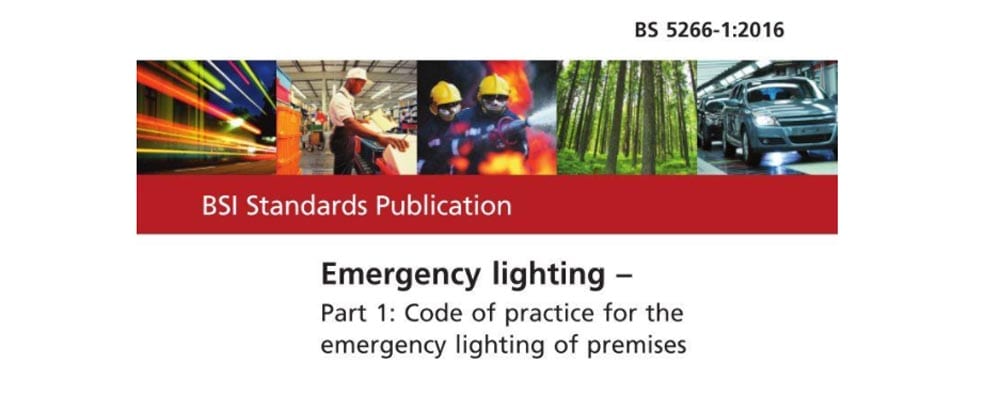
We now look at Automatic Test Systems for Battery Powered Emergency Escape Lighting – BS EN 62034
What’s included?
This system comprises a central control panel with a connection to the self-contained emergency luminaires (wired or wireless).
With this, a local mains supply is required for each luminaire.
You can find out more here.
Wireless Schematic;
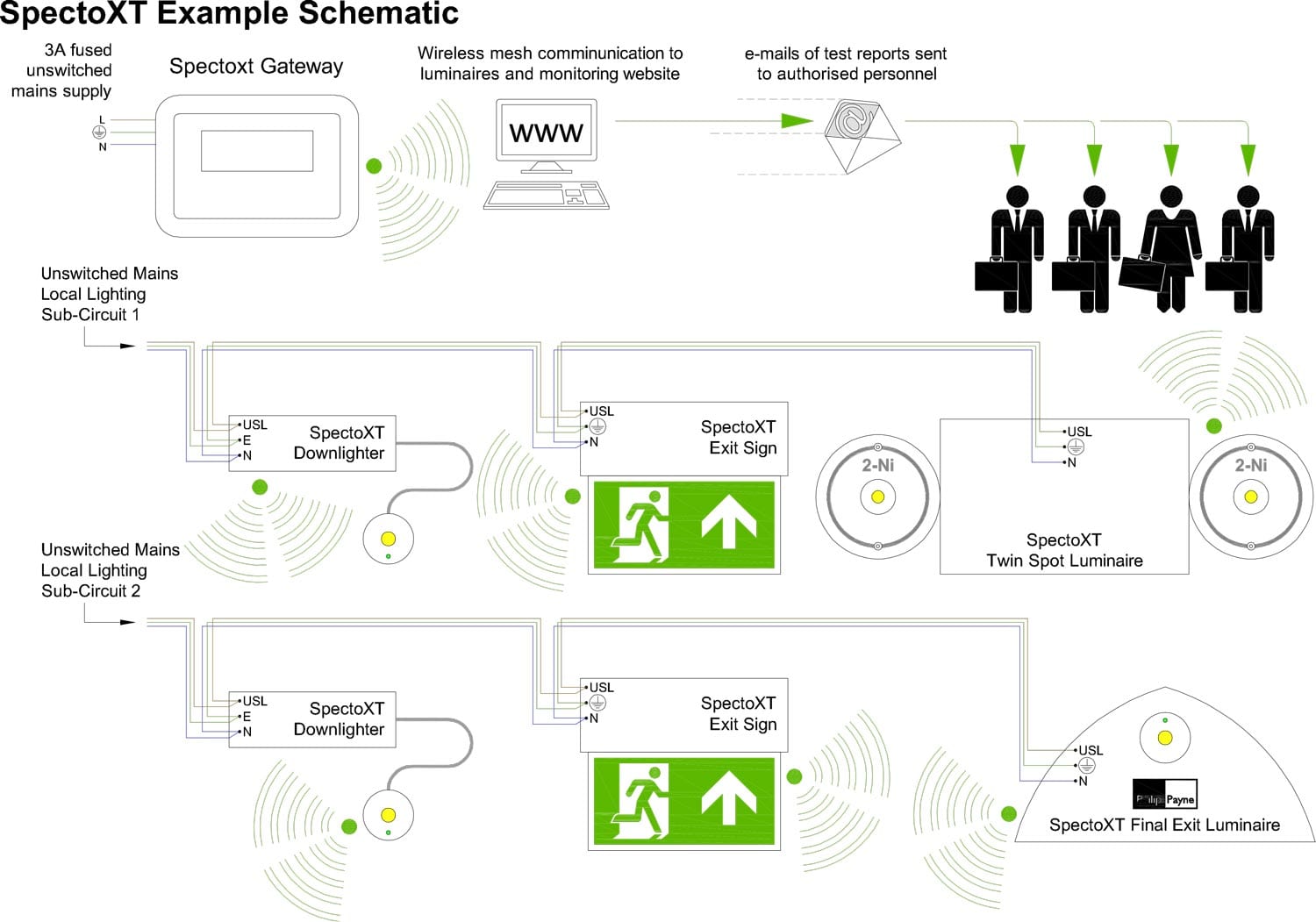
Wired Schematic:
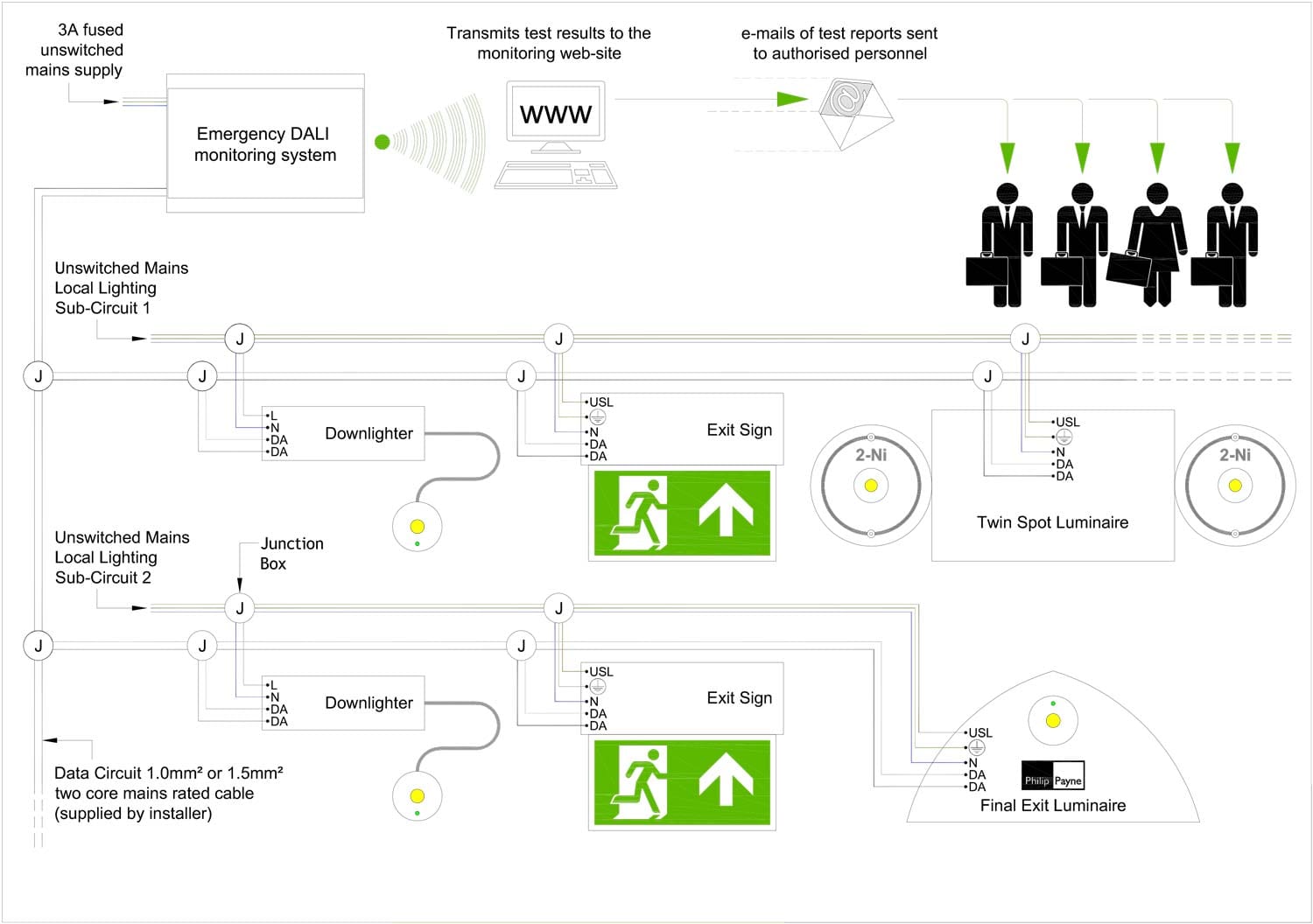
With BS EN 62034, because conventional testing is performed manually (and can therefore be susceptible to neglect) the main benefit is that the testing is systemised and automated.
An automatic test system with monthly and annual reporting may be part of a Building Management System (BMS) and with this in place, property and estate managers receive regular test updates. These give them both peace of mind and safety test accountability.
The API function allows other systems to extract information from the database. A BMS supplier will know if they can access information via API and if they can, they will have to write code to import and display the data.
Also, with BS EN 62034 failure notifications or reduction in performance are fed back to the monitor at the earliest opportunity. This enables, when needed, emergency escape lighting to be restored quickly, to full operation.
Be mindful that, although automatic test systems will highlight faults, programmed visual testing will also be needed and manual intervention will still be required to correct faults.
Find out more
Read our How to guide for Emergency lighting Monitoring & Testing
This will help you scope an appropriate fit for your design and it also includes recommendations, technical installation details, and some easy-view visual guides.

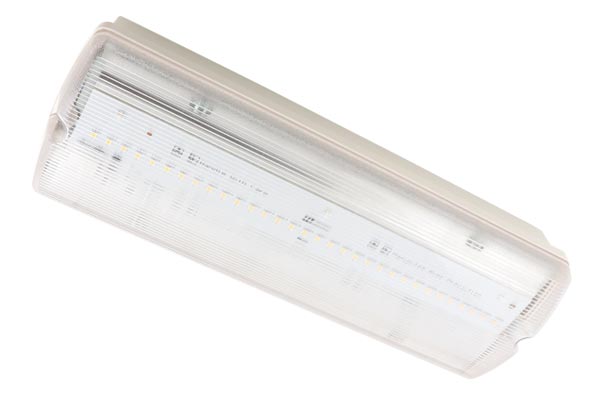
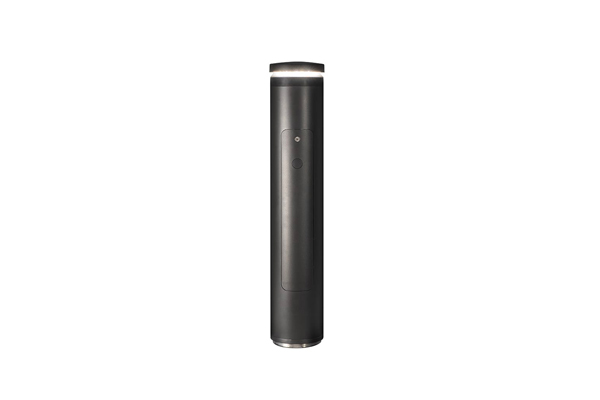
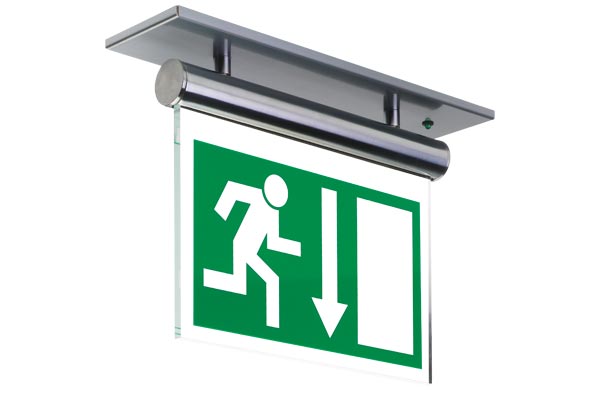

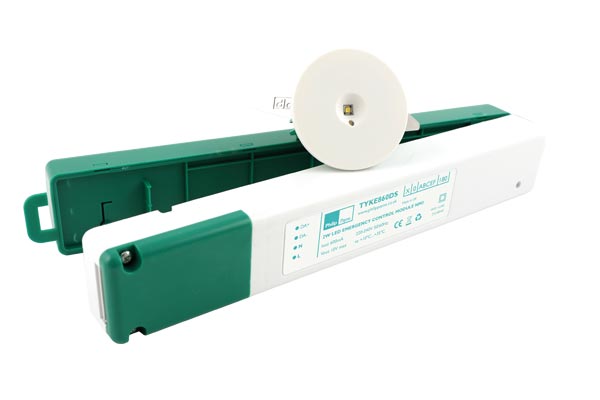
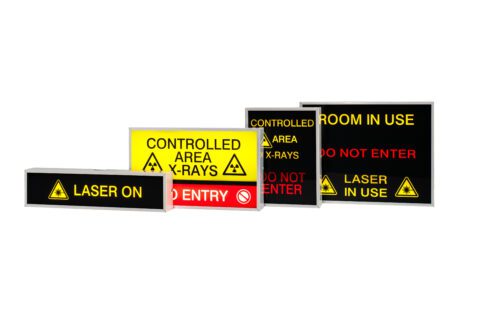


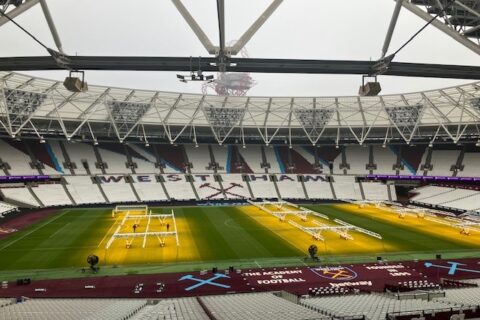

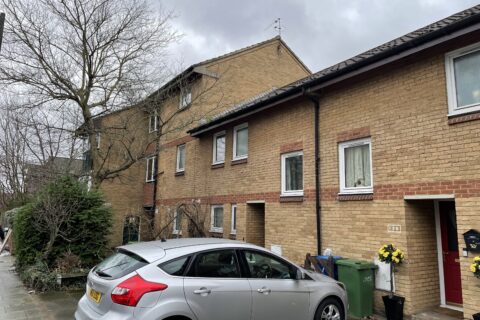
 SUSTAINABILITY
SUSTAINABILITY
 WARRANTY
WARRANTY
 WHY USE...
WHY USE...
 NEWS
NEWS






